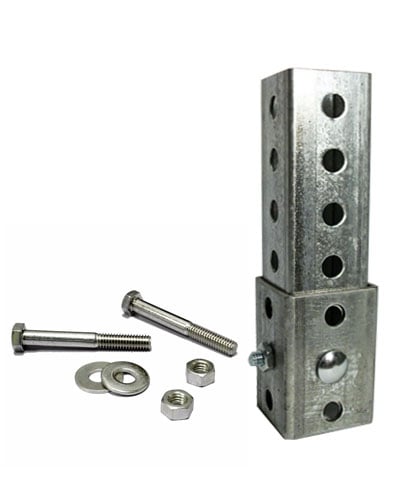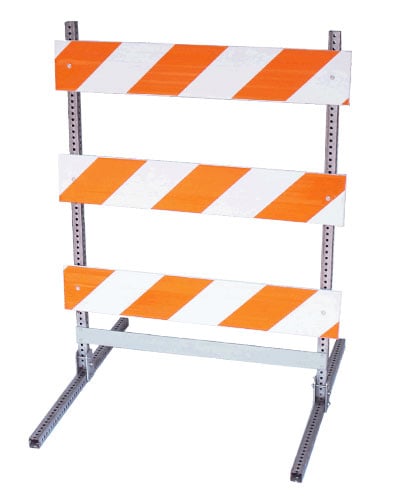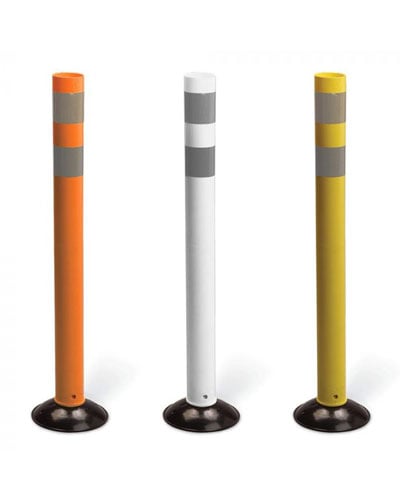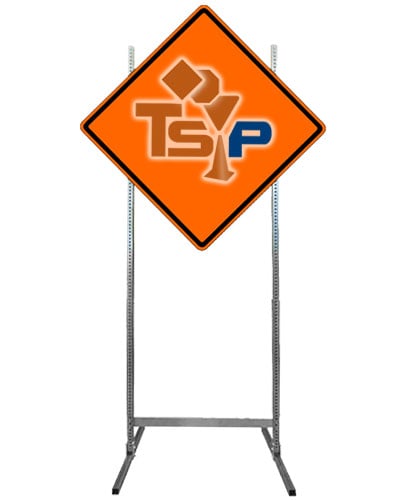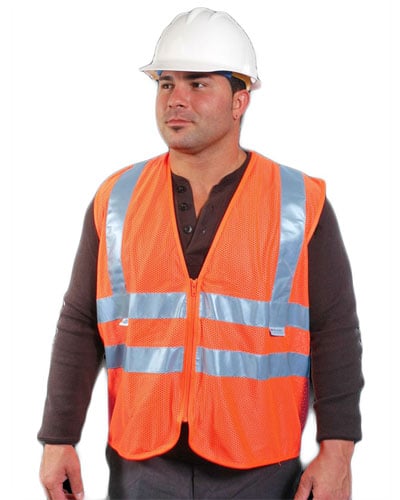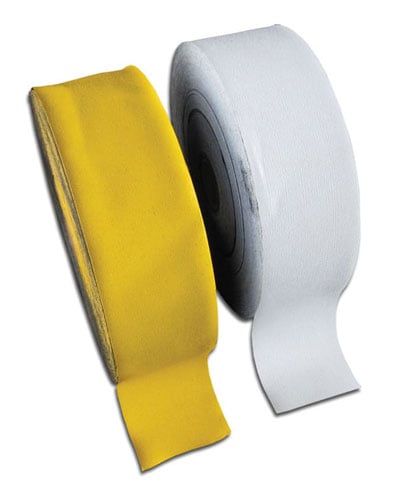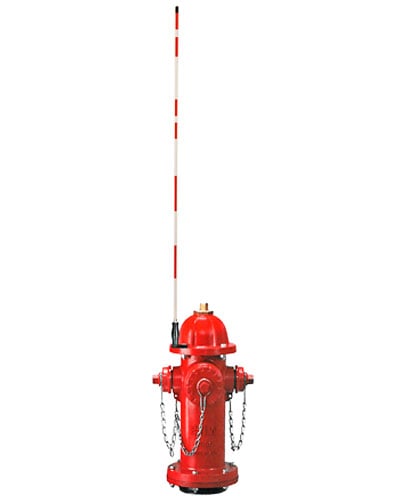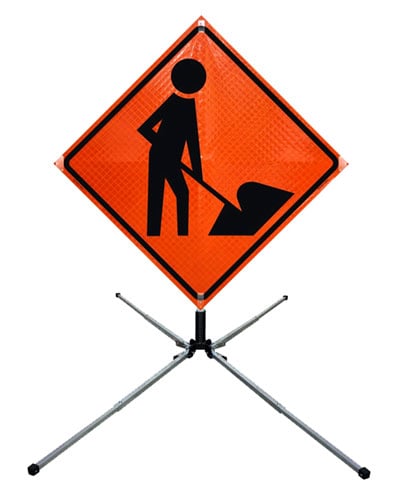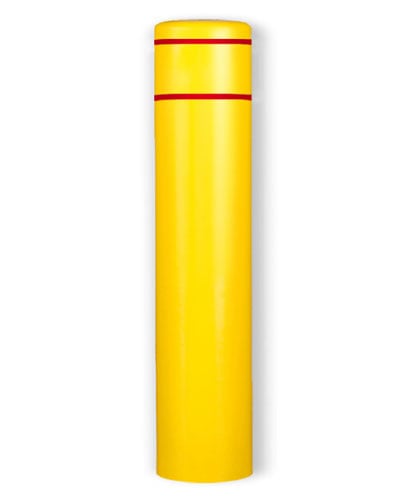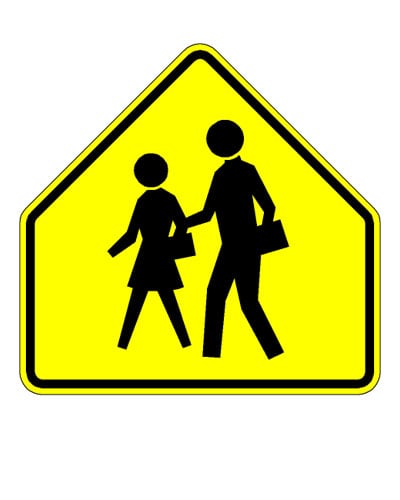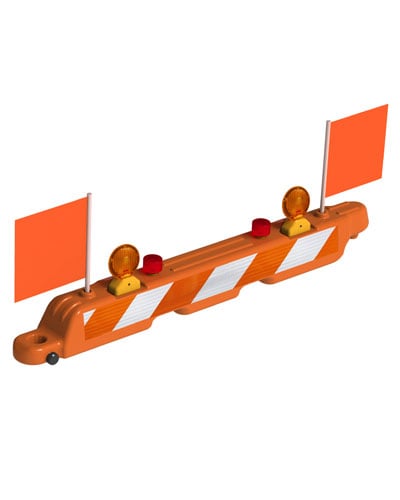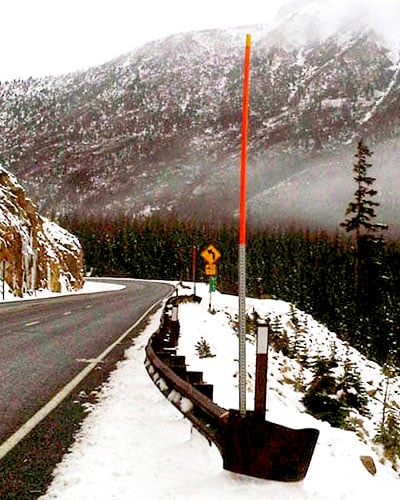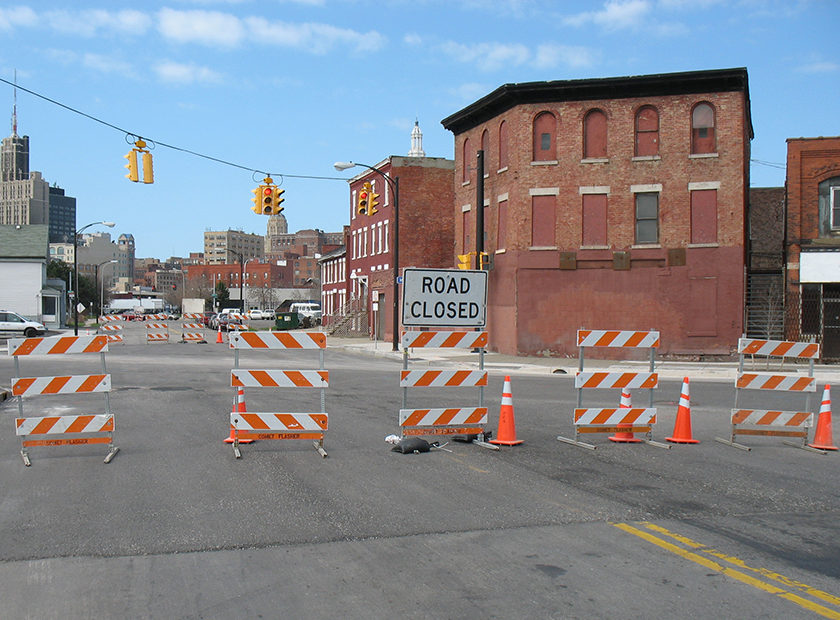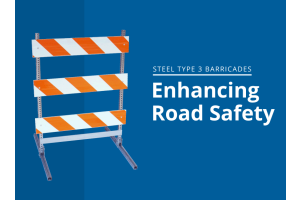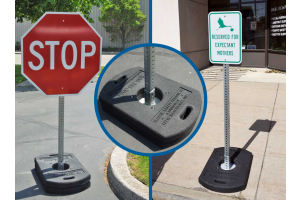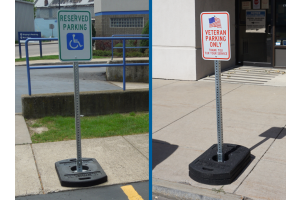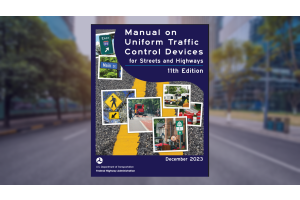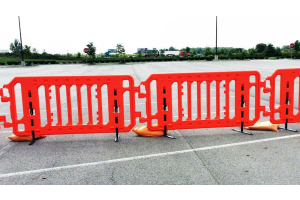Guide to Different Types of Barricades Used in Road Safety
Barricades are essential for road safety, providing a physical barrier between motorists and pedestrians. They come in many types and sizes, each with its own unique characteristics that make it the best choice for certain types of road construction or traffic control situations. In this guide, we look at some of the most common types of barricades used in road safety, their benefits and drawbacks.
What are the different types of barricades?
Understanding the types of barricades available and their respective uses can help maximize road safety. Here is a guide to the different types of barricades used in road safety:
Type 1 & Type 2 Barricades
Typically made from lightweight, portable materials like plastic, wood, or thin gauge metal, most type 1 and 2 barricades utilize a collapsible a-frame design, with two sides that are hinged at the top.
The number of reflective panels across one side is what determines whether they are a type 1 barricade, which has one reflective panel, or a type 2 barricade, which has two.
Perfect for public works projects, these barricades are ideal for parks and conventional, low speed roads in both urban and suburban settings.
Shop Type 1 & Type 2 Barricades
Type 3 Barricades
A type 3 barricade has three reflective panels and is generally made of sturdier, heavier materials, and larger than a type 1 or 2 barricade. Having more reflective panels gives type 3 barricades better visibility to motorists from further away, travelling at higher speeds, or at night.
These barricades are designed for more permanent applications, such as blocking off lanes or entire roads, and protecting work zone construction sites.
Shop Type 3 Barricades
A-Frame Barricades
A-Frame Barricades are shaped like a sawhorse, featuring two triangular legs held together/connected by one or two reflective boards (they can be Type 1 or Type 2).
They're typically used to create a corridor or lane separation on the road. They can be made from wood, plastic, or metal and are collapsible for easy transport and storage.
Shop A-Frame Barricades
Folding Barricades
Folding barricades are great for versatility and portability. They are ideal for road safety purposes such as school crossings, lane changes, crowd control, and traffic direction. They're also great for times when the exact length you need is uncertain, or your perimeter has varying angles.
Shop Folding Barricades
Water Filled Barriers
Perfect for construction areas, work zones, public works projects, and more - Water Filled Barriers (which can also be filled with sand) provide crowd control while creating temporary road blocks or serving as traffic channelizers. Constructed with light-weight, resilient polyethylene plastic, water barriers not only guarantee superior energy absorption upon impact for enhanced safety - potentially even saving lives - but also provide lasting protection from any kind of collision.
Airport Barricades
Airport barricades are typically used to direct traffic and pedestrians at airports. They can be made from various types of materials, including steel or plastic.
Shop Airport Barricades
Crowd Control Barriers
Crowd control barriers are an important part of keeping people safe during large events such as concerts, festivals, and sporting events. They are typically made from metal, wood, or plastic and can be easily transported.
With this guide to types of barricades used in road safety, you should now have a better understanding of the types available and their uses. When selecting barricades for road use, it’s important to consider factors such as cost-effectiveness, durability, and ease of transport. By choosing the right type for the job, you can ensure maximum safety for drivers and pedestrians alike.
Traffic Safety Products is your source for the best in road safety equipment, so if you have any questions, please don’t hesitate to contact us. We look forward to helping you find the right barricades for your specific needs.


